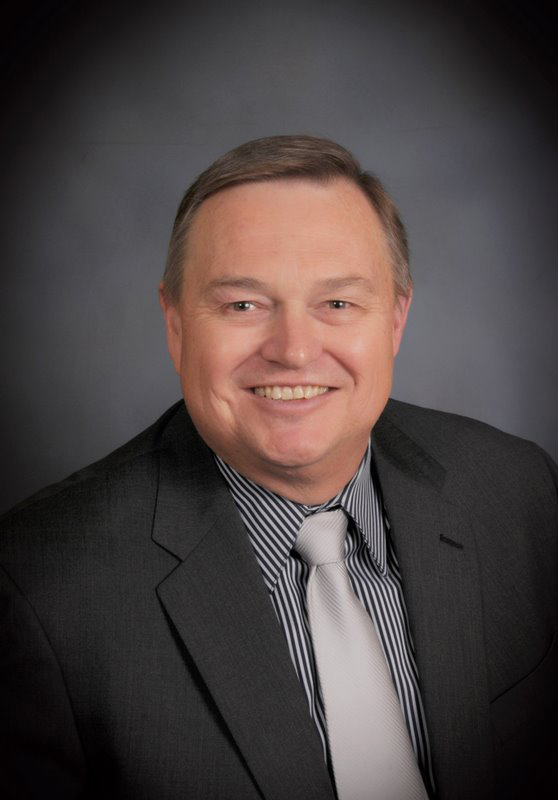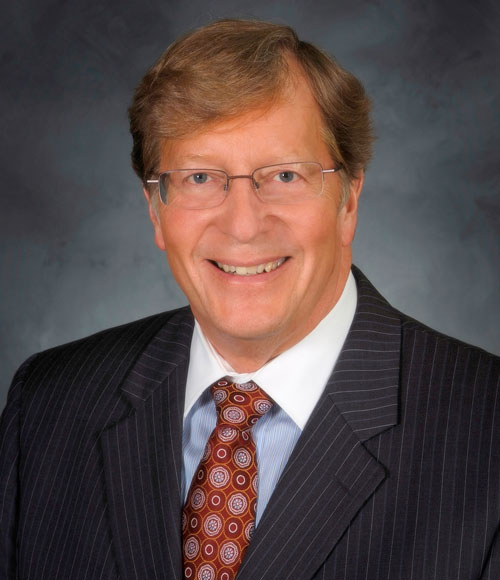Multiple districts – When Michigan voters passed the Proposal A school-financing referendum in 1994, Dirk Weeldreyer was teaching social studies at Jenison High School. The state’s lowest-funded districts raised about $2,700 per student; its highest, more than $10,000.
Today, Weeldreyer is interim superintendent for Godfrey-Lee Public Schools, Kent County’s poorest school district. However, Godfrey-Lee now receives $8,700 in base state funding per student – the same amount as all other school districts statewide. That’s thanks to a $17 billion school spending plan legislators approved in June that for the first time equalizes per-pupil funding for all schools in Michigan – a prime goal of Proposal A more than 25 years ago.
For Weeldreyer, it means about $1 million more for his students and teachers, and a sea change in school funding that he and others have long worked for.
“It was a historic thing. We’ve been looking for that day for a long time,” said Weeldreyer, executive director of the School Equity Caucus, a group of about 200 school districts advocating equitable funding for all Michigan schools. “To have it finally here is a great step forward.
“But we know we’re on a long journey,” he stressed. “We still have a good ways to go.”
Much work remains to give all students equitable support for other needs such as special education, transportation and facilities, Weeldreyer and other leaders agree.

“Equal funding is a laudable milestone,” said Ron Koehler, superintendent of Kent ISD’s 20 school districts. “Now it’s time to allocate funds equitably, giving the economically disadvantaged, English-language learners and special education students the resources necessary to help them achieve proficiency on the core content all students need to be successful in school, in life and in their careers.” Read his full statement here
Pandemic Funding Provides Opportunity
The overall 10% boost in state school funding was somewhat overshadowed by the resurgent crisis of the COVID-19 pandemic. Fueled by a jolt of federal funds, it also dramatically increased dollars for support staff, mental health and the Great Start Readiness Program along with the basic per-pupil allocation.
That allocation finally eliminates the per-pupil funding gap between minimum- and maximum-funded districts. That gap stood at $2,300, from $4,200 to $6,500, in the first year of Proposal A, which shifted school funding from local property taxes to the state income tax. It has narrowed over the years as the state increased funding for the lower-funded districts by twice as much as those at the top. (Fewer than 10% of districts still spend more than $10,000 per student because they were allowed by Proposal A to remain above the maximum by raising funds locally.)
‘Proposal A was a big step. It took about 30 years, but it worked well. Now it’s time for us to envision what is the next thing to bring more equity.’
– Dirk Weeldreyer, Godfrey-Lee interim superintendent
This year’s increase in per-pupil funding, known as the foundation allowance, means $589 more per student for 15 of Kent ISD’s 20 school districts — “the largest increase that’s ever been given,” said Kevin Philipps, Kent ISD’s assistant superintendent for administrative services.
The other five districts have increases ranging from $171 to $419. So a low-income district like Godfrey-Lee, which received $8,111 in 2020-21, is now on par with more affluent Forest Hills, which received $8,529 last year (see box).

For Godfrey-Lee, the extra $1 million will go primarily to restoring teaching and staff positions cut over the years and filling vacancies. Six positions have already been added or restored, including a new middle school social worker, Matt Wright. He’s working with small groups and individual students to address anxiety and the “collective trauma” of the pandemic, as well as taking a problem-solving approach to behavior issues, he said.
“The more things we can do to keep kids in school, that can help close the gaps we see in performance and achievement,” Wright said.
A Mixed Blessing for Some
In Forest Hills, by contrast, the $171 increase just enables schools to maintain expenditures after years of being squeezed by rising costs, inadequate funding and the maximum per-pupil cap imposed by the state.
When the district’s budget was adopted in June, a $150 per-pupil increase was figured in, so the additional $21 “is just extra money to offset where we thought we would land,” said Julie Davis, the district’s assistant superintendent for finance and operations. What Forest Hills students and families will see as the benefit of equalization is no change, she said — which may not seem like a benefit but is, when cuts have been the norm for so long.
Forest Hills has long been above the base foundation allowance, but that hasn’t increased with the rising costs of most aspects of operating a school district. Davis considers the equalization “a good thing; it’s just taken so long to get here.”
“But now that we’re all at the same level, it’s a different conversation,” she added. “Now we can focus in on, what does it really take to fund our school system? For so long that really just popped in and out with different studies and initiatives. We need to look as a state at, what makes sense for fully funding our schools?”
Future Funding Not Guaranteed
It’s a question that resonates in other districts as they update their spending decisions based on this fall’s enrollments. For Grand Rapids Public Schools, the area’s largest district, the boosted per-student funding amounted to about $7.5 million in additional state dollars based on projected enrollment. However, the increase was diminished by $65 per student due to extra funding in 2020-21 that was cut this year, said Chief Financial Officer Larry Oberst.
‘That’s a tremendous accomplishment (for) a lot of people who have been lobbying hard for this. The key is going to be to keep that in place, to maintain it.’
– Rockford Superintendent Michael Shibler
The increased funding will help the district deal with “compensation pressures” in current bargaining with all its employee unions, Oberst said. It will also help fund special-education services and the district’s overall budget, he added.
“Our budget for 2021-22 has a projected deficit of approximately $2.1 million. So we would hope to reduce that down to zero,” he said, adding they will amend the budget in January.

Fifteen miles north in Rockford, which is, like GRPS, a minimum-funded district, the foundation increase brings in about $4.6 million. Much of that will be used to strengthen mental-health services, reduce class sizes and to retain and attract personnel such as bus drivers, paraprofessionals and food-service workers, said Michael Cuneo, assistant superintendent of finance.
Superintendent Michael Shibler welcomes the equalized funding as a milestone he’s long pushed the state for – but he’s mindful it could be taken away in the future.
“It’s been one of my top priorities for the time I’ve been in education, which is 53 ½ years,” Shibler said, noting it was a prime goal in forming Friends of Kent County Schools 20 years ago. “That’s a tremendous accomplishment (for) a lot of people who have been lobbying hard for this. The key is going to be to keep that in place, to maintain it.”
Only an unlikely constitutional amendment like Proposal A could prevent a future legislature from undoing the equalized formula, he added, so pressure must be put on legislators to not only maintain equal per-student funding but provide additional dollars for districts with high-needs students – a key recommendation of a landmark 2018 school funding report.
Equal Is Not Equity
Back in Godfrey-Lee, interim Superintendent Weeldreyer also eyes the equalization cautiously while pointing out inequities that still plague low-income districts like his. Equal state per-pupil funding does not mean equity in how much districts have available to spend, he points out.
For instance, bond issues for capital improvements there, such as the $17.79 million voters approved last year to restore a collapsed portion of the middle and high school, raise much less per student than property-rich districts like Saugatuck and elsewhere, he noted. Yet Godfrey-Lee parents generously support its high tax rates, he said: “They’re doing what they can with what they’ve got.”
‘Now that we’re all at the same level, it’s a different conversation. Now we can focus in on, what does it really take to fund our school system?’
– Julie Davis, Forest Hills assistant superintendent for finance and operations
The same inequities apply to other costs such as transportation, special education and career and technical education, he adds. “Any tax that is connected to property value is inherently going to be inequitable.”
Having reached a milestone, this is no time to slack on the long journey, he argues.
“Proposal A was a big step. It took about 30 years, but it worked well. It’s done its job. And now it’s time for us to envision what is the next thing to bring more equity.”
Morgan Jarema and Phil de Haan contributed to this story










